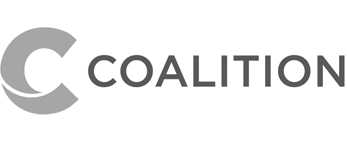PTFE Membrane
PTFE, or polytetrafluoroethylene, is a coated woven fiberglass membrane that is extremely durable and tolerant of even the most extreme weather elements. The woven fiberglass gives PTFE coated glass fiber its mechanical strength and providing the membrane with maximum flexibility.
A range of PTFE material types is available that include PTFE-coated glass fiber, PTFE glass mesh, and silicone-coated glass fiber.
PTFE fiberglass membranes can be installed in climates ranging from the frigid arctic to the blistering desert heat with a life expectancy of up to 30 years.
PTFE fiberglass coating is chemically inert, capable of withstanding temperatures from -100°F to +450°F (-73°C to +232°C). The low-surface of the material creates a surface that is cleaned by rainwater.
The principal element that differentiates PTFE-coated glass fiber from conventional glazing is its advantageous shading coefficient. As lighting levels increase, even cooler climates can realize overall energy savings using PTFE coated Glass Fiber. In very warm climates, even low lighting levels make PTFE fiberglass membrane an energy saver versus conventional systems. The savings can be more dramatic when compared with conventional sloped glazing systems.
Advantages
- Extremely resistant to chemical and biological attack
- Extremely resistant to long-term exposure to weather and UV radiation
- For permanent structures
- High reflectance
- Self-cleaning
- Highest fire resistance
- Limited color possibilities
- Light transmission up to 20 %
- Life expectancy over 25 years
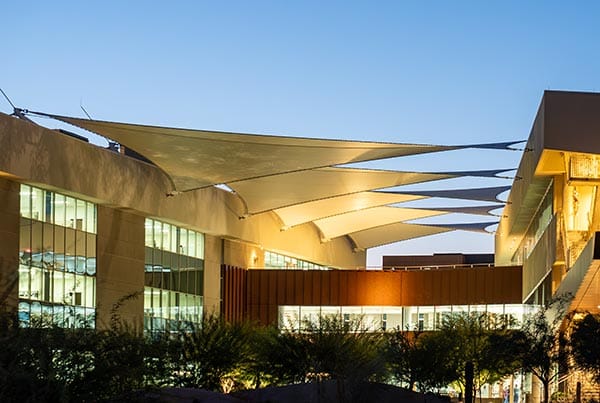
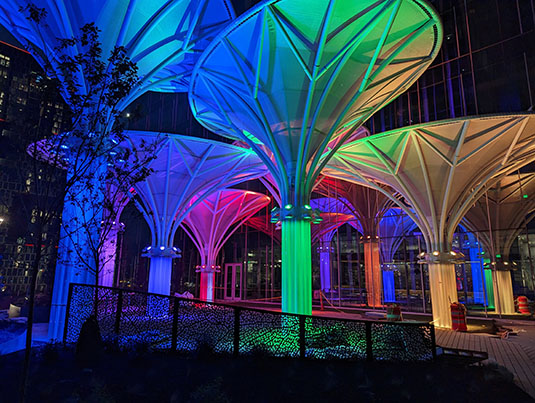
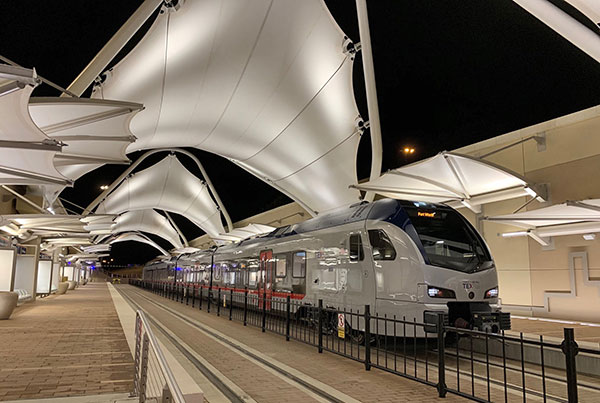
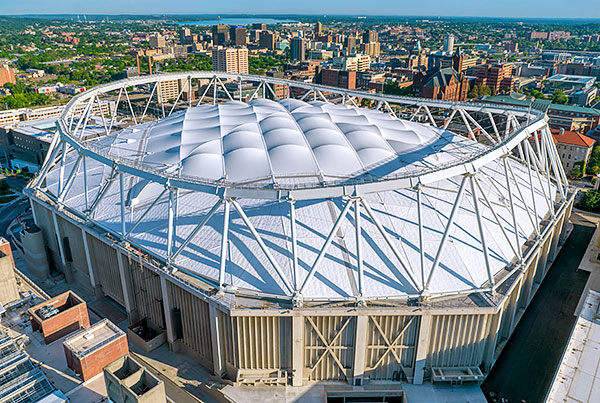
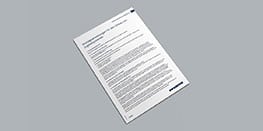 Section 133100 PTFE Specifications
Section 133100 PTFE Specifications




